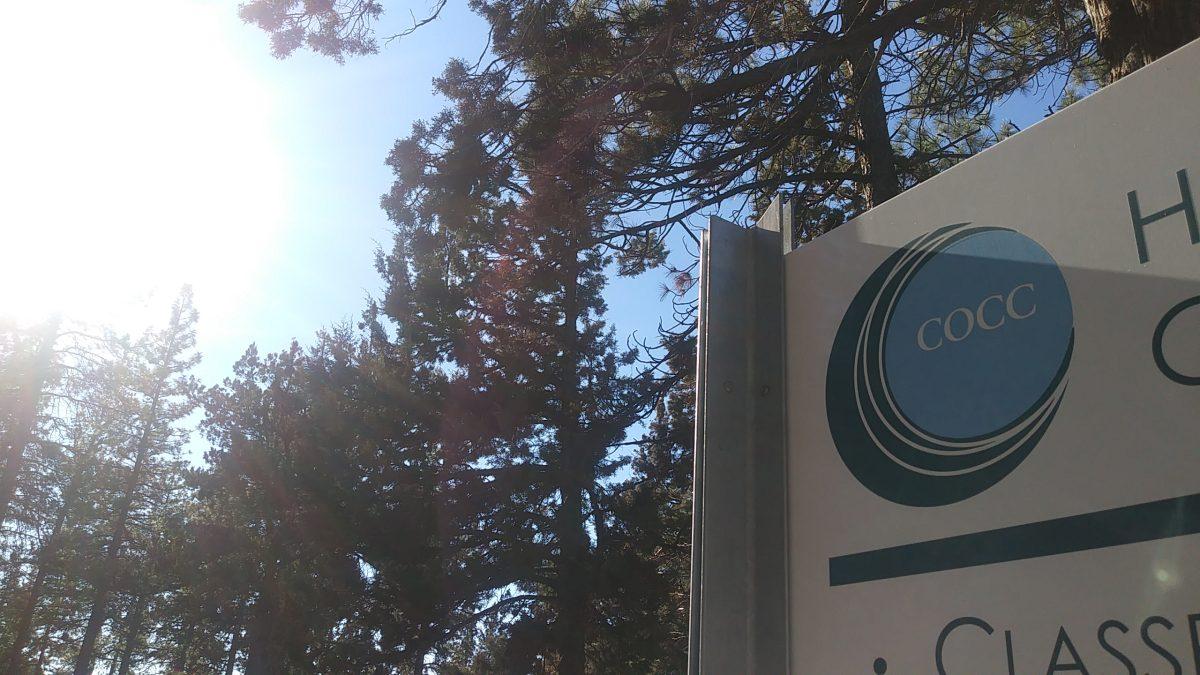Abu Haraz is a Sudanese village which will be flooded once construction of a dam is complete. This will cause displacement of a Northern Sudanese Arabic community, whose origin is near a historically and culturally significant area near the Nile River. Living in a basin downhill from the flow, they have two options, move or drown.
The agave plant is used for more than making tequila. A succulent, native to the deserts of Mexico and the United States Southwest, it does not need much to flourish. It can be fermented to make an alcoholic beverage or tailored as sandals. In ancient Aztec and Mescal culture, the Agave represents fertility and usefulness
Both of those themes were depicted in a mini documentary festival at the Central Oregon Community College sponsored by The Archaeology Channel.
In one film, an abundance of water caused grief, harm, and the physical destruction of a community called “Abu Haraz,” for which the film is titled. The other “Agave Is Life,” celebrated the rich art, economic, and cultural symbolism of the Agave plant.
While both films demonstrate rich history, the tones were drastically different.
“I have never seen a place (Abu Haraz) so poor before,” said Inga Behnke who watched both films and sold the $7 tickets at the door.
“Abu Haraz” lacking narration, had a sparse tone using visuals and drone music to tell the story of the archaic Nile community. The film depicted the close-knit and on the move townspeople lamenting their upcoming displacement to a new village, which would change their way of life. The town had to move everything, even the graves of their ancestors to a new government-provided city, with power lines and television.
The Polish cinematographers depicted the townspeople tying their beasts of burden by the ankles to keep them from moving, while being transported in the beds of Toyota trucks. Isolated in the desert, and tending their gardens with what raw materials they have: life was unshaken by the modern world.
“Our natural way of life is being interfered with … everything (in the new Abu Haraz) seems artificial,” said a man from the village.
The film ends with children blankly staring at a soap opera on the television in the new city. A lone townsman, rows his boat with tree trunks, through the old Abu Haraz submerged, 35 meters underwater, attempting to depict the modern world and technology as artificial and grim.
“I appreciated the relativeness and authenticity of the film. It was in real time and showed raw emotion,” said Natalie Goodwin, a COCC student.
However, Goodwin preferred “Agave is Life,” which differed greatly to the cinematographic lens and shot based “Abu Haraz”. Using scholars and a narrator to tell a 10,000-year history of the Agave plant. The documentary provided facts, tidbits and tales of legend, and was full of information.
According to the film, Agave, a succulent plant native to the deserts of Mexico and the United States Southwest, represents fertility and usefulness. The plants has a symbiotic relationship with man which has survived in culture and practice, withstanding the European ransacking of Mezcal civilization, to influence today’s modern world.
Archaeologists with affiliations to multiple Texan universities, suggested that the domestication of the Agave is seen the in remains of ancient farm fields. According to these intellectuals and field workers, the agave was a catalyst to trade routes between different communities of hundreds of miles.
Abundant in the wild, and domesticated for trade and cultivation, the entire Agave was and can be used for a myriad of purposes including to food, drink, shoes, baskets and clothing. Appearing in art ancient and current, the Agave and its geometrical form has transcended generations.
Tequila comes from the blue Agave, one of hundreds of species, currently is the chief economic use of the Agave. However there are still people today who by hand, make essential items like baskets and sandals out of the Agave to preserve tradition.
According to some women depicted in the film, handcrafting the Agave to fit everyday uses is a passion that preserves the form and honors their Native Mezcal culture. Mass production for profit does not honor the Agave’s hand to mouth tradition.
“I did not know that the Agave was so versatile; the fibers, the art, none of it goes to waste,” said Goodwin who introduced the film.
Goodwin and Behnke, both hope to see more people at the annual festival next year, which occurs annually. They plan to volunteer and see the new batch of films next year.
“We need more people to see these (films), there is a lot of work that goes into making them,” said Behnke.
Jack Ewing | The Broadside
(Contact: [email protected])








